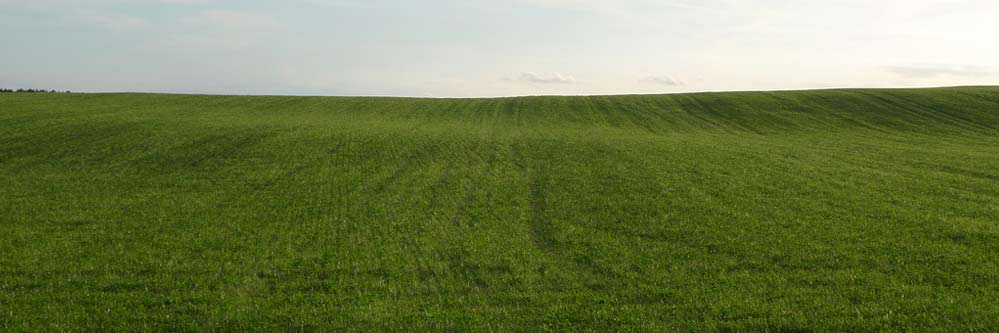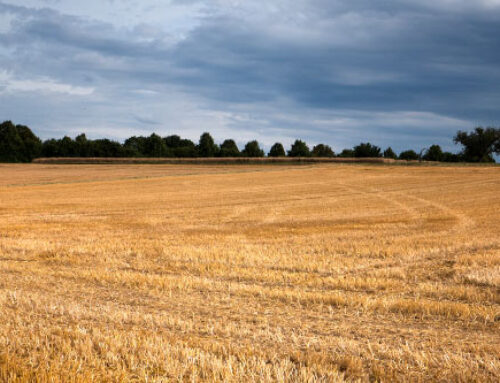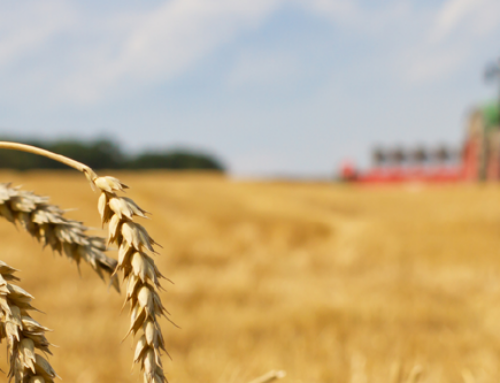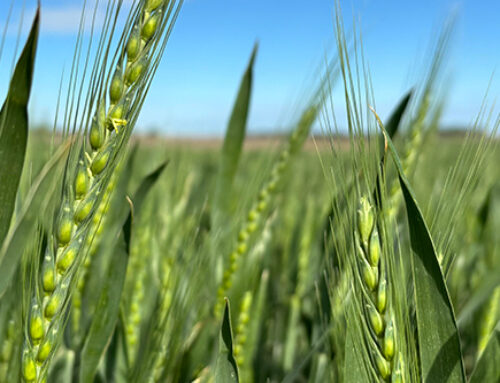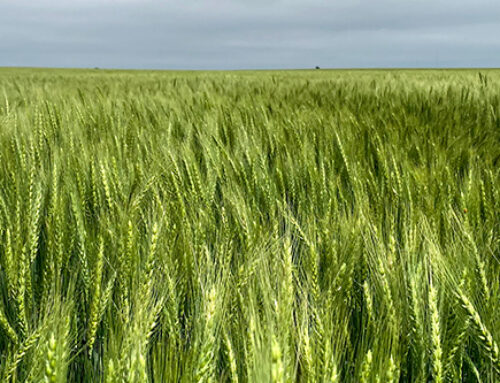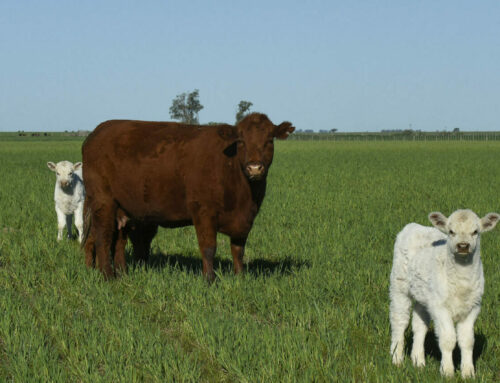Phosphorus is a vital nutrient for wheat and other small grain production. In many ways it is even more important than nitrogen. We always think of nitrogen as the nutrient that allows plants to grow vigorously, and get the crop off to a good start, but without proper phosphorus levels, adequate or excess nitrogen will not allow the crop to meet its full potential.
Phosphorus is vital for early root development, tiller formation, and grain fill. A vigorous root system and healthy crown allow the plants to utilize available nutrients and water efficiently. Proper root development also helps plants handle moisture stress much better, and can reduce the effects of winter kill. Early tiller formation is vital to plant health and ultimately final yield potential. The initial tillers formed by the plant have higher yield potential than late tillers or delayed tillers. Tillers are just healthier and productive when adequate phosphorus is available. It is easy to see the difference in fall growth where adequate phosphorus is available compared to fields with lower phosphorus levels.
Determining the need for phosphorus and other nutrients starts with a good representative soil test.
Be sure to budget an appropriate amount of phosphorus to fields or management zones that have lower soil test values. If you have a choice or a limited fertilizer budget, we encourage you to correct low phosphorus levels, and spend those dollars on this nutrient instead of applying just nitrogen. The dollar spent to correct this deficiency will make any dollar spent on nitrogen much more efficient and valuable.
On the flip side, if adequate levels of available phosphorus are already present in the soil, it is unlikely that there will be a yield response from adding phosphorus fertilizer. Your Crop Quest Agronomist can determine the proper balance of fertilizer required for each field, and recommend the amount of each nutrient, along with a recommendation for proper placement and timing that will help meet your yield goals.
Featured Image: Radtour in Brandenburg, Christopher Bulle, flickr.com
